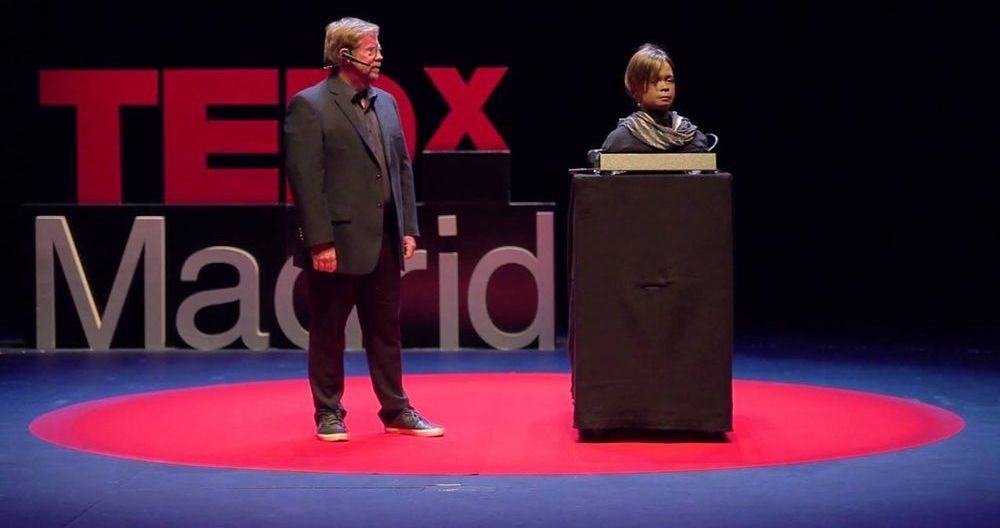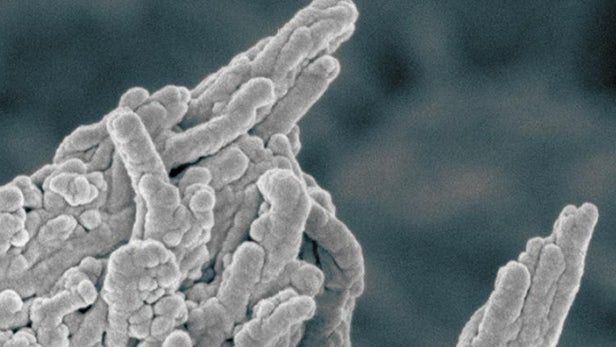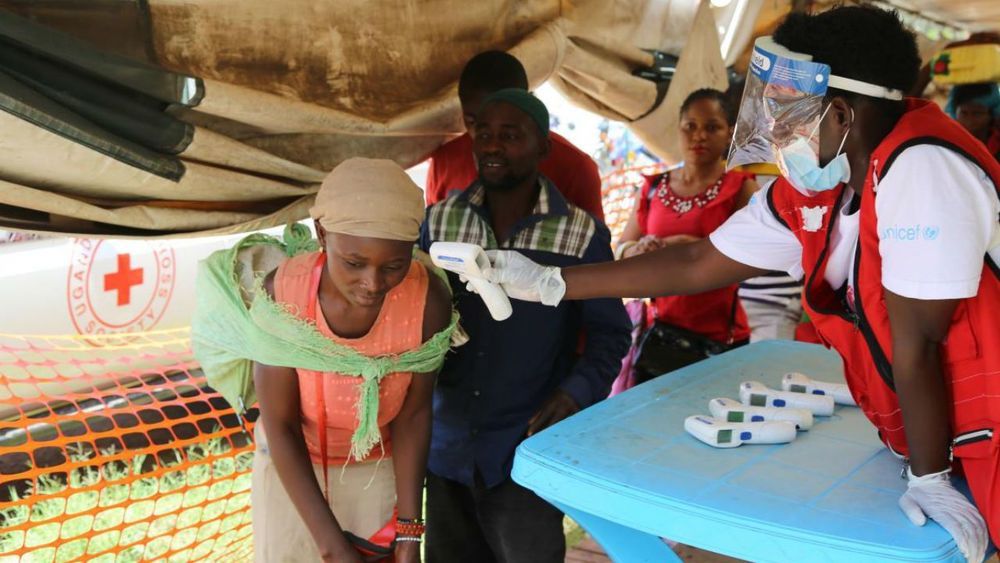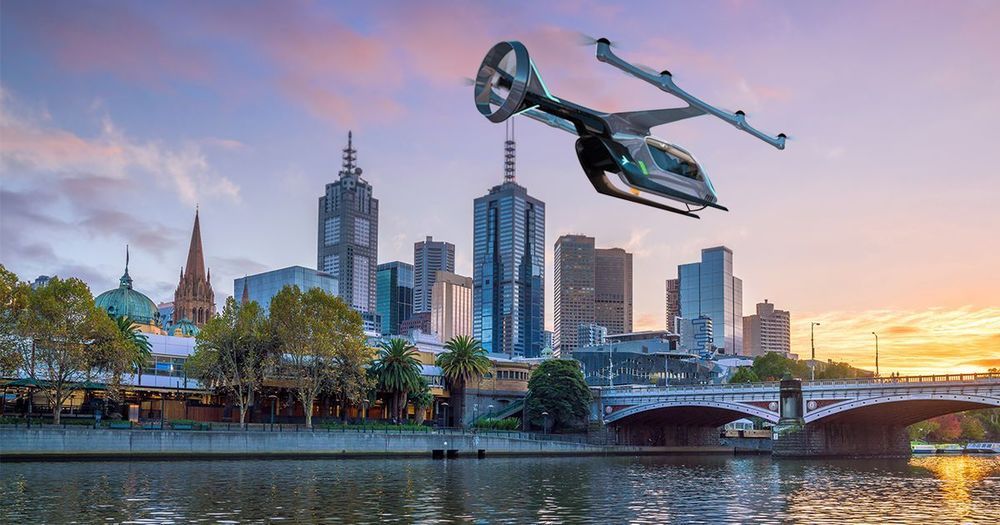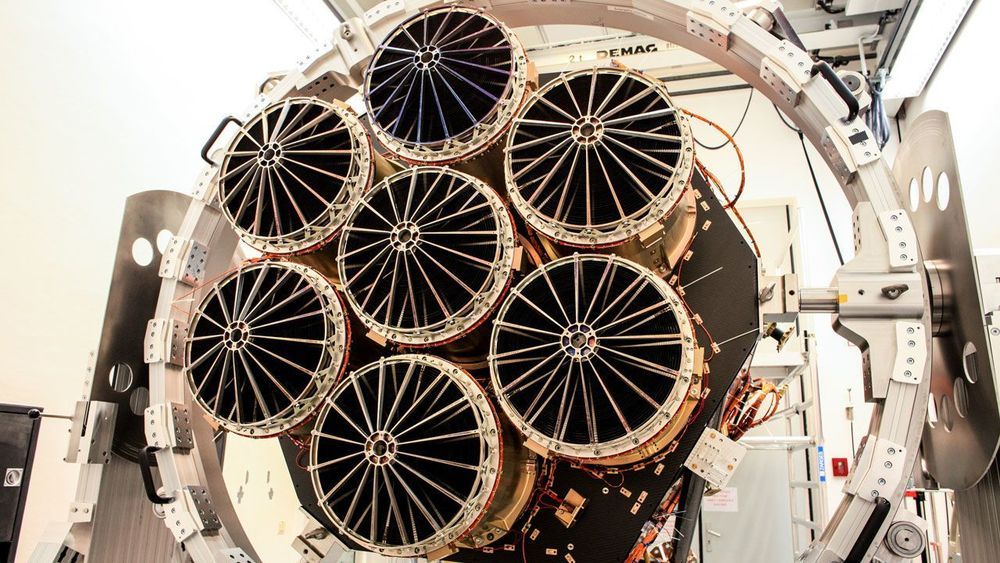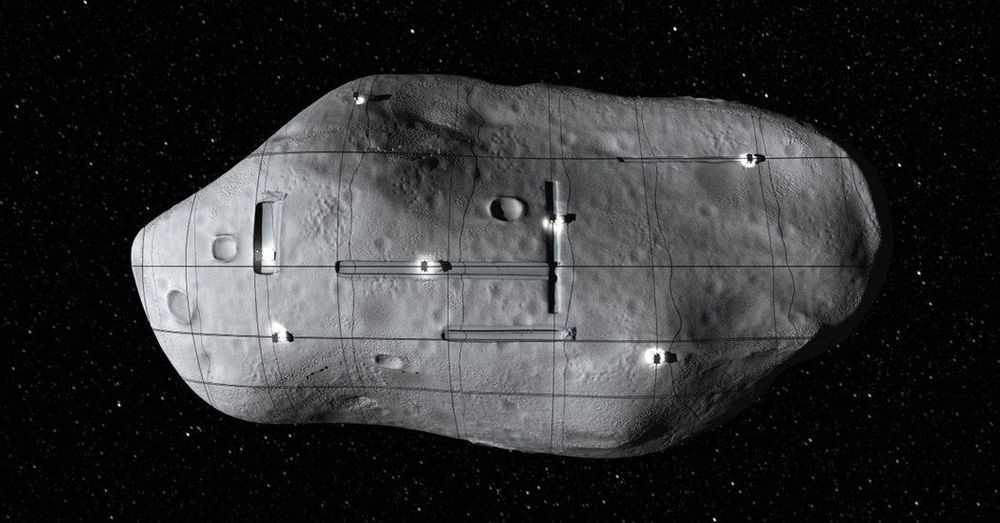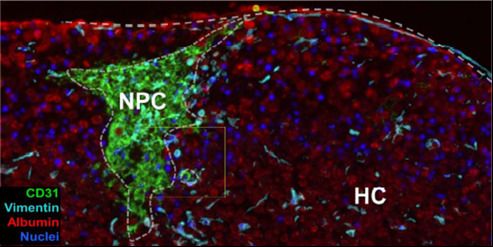Jun 12, 2019
NASA Invests in Concepts Aimed at Exploring Craters, Mining Asteroids
Posted by Klaus Baldauf in categories: robotics/AI, space travel
Robotically surveying lunar craters in record time and mining resources in space could help NASA establish a sustained human presence at the Moon – part of the agency’s broader Moon to Mars exploration approach. Two mission concepts to explore these capabilities have been selected as the first-ever Phase III studies within the NASA Innovative Advanced Concepts (NIAC) program.
“We are pursuing new technologies across our development portfolio that could help make deep space exploration more Earth-independent by utilizing resources on the Moon and beyond,” said Jim Reuter, associate administrator of NASA’s Space Technology Mission Directorate. “These NIAC Phase III selections are a component of that forward-looking research and we hope new insights will help us achieve more firsts in space.”
The Phase III proposals outline an aerospace architecture, including a mission concept, that is innovative and could change what’s possible in space. Each selection will receive as much as $2 million. Over the course of two years, researchers will refine the concept design and explore aspects of implementing the new technology. The inaugural Phase III selections are:
Continue reading “NASA Invests in Concepts Aimed at Exploring Craters, Mining Asteroids” »

